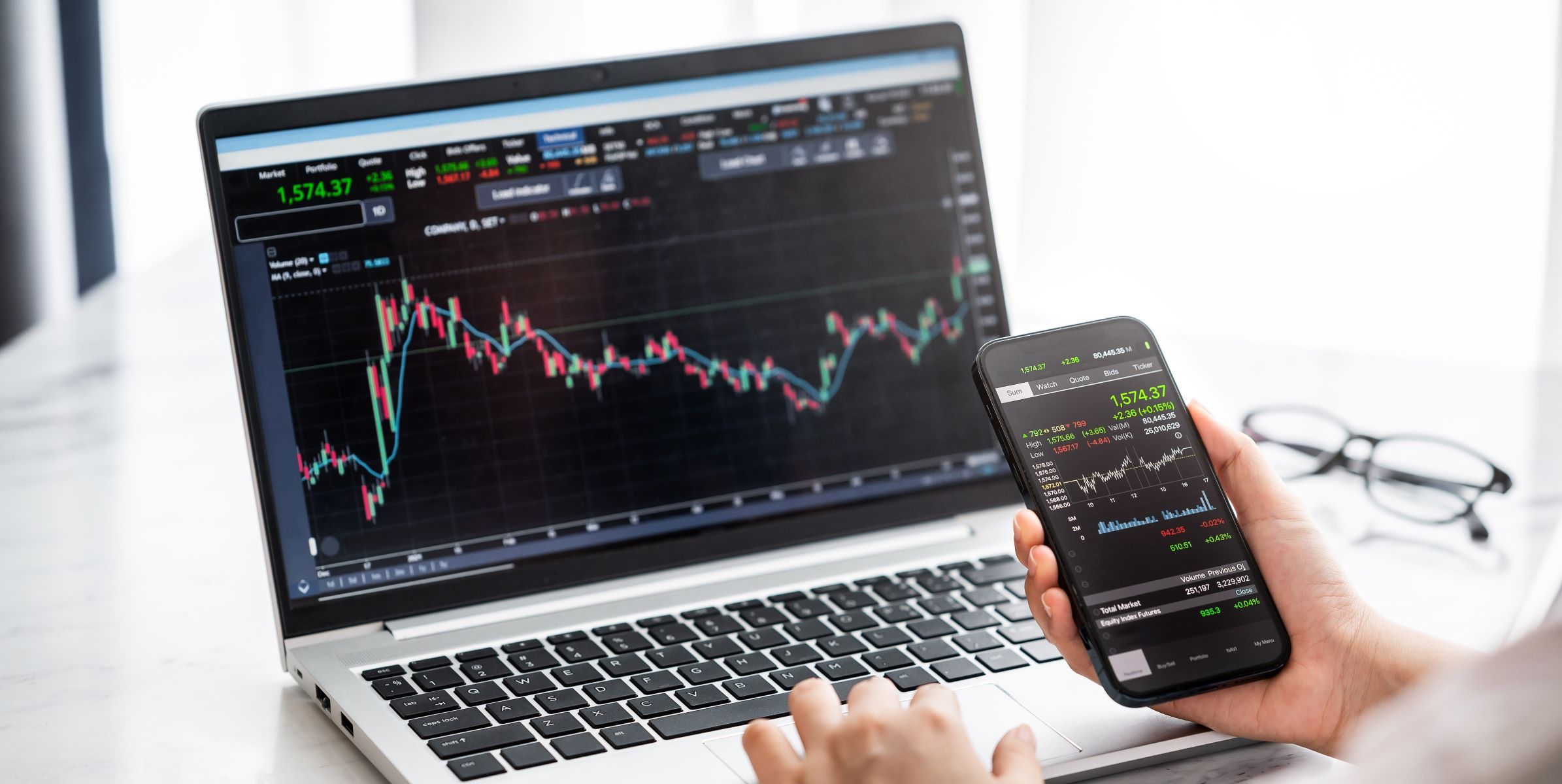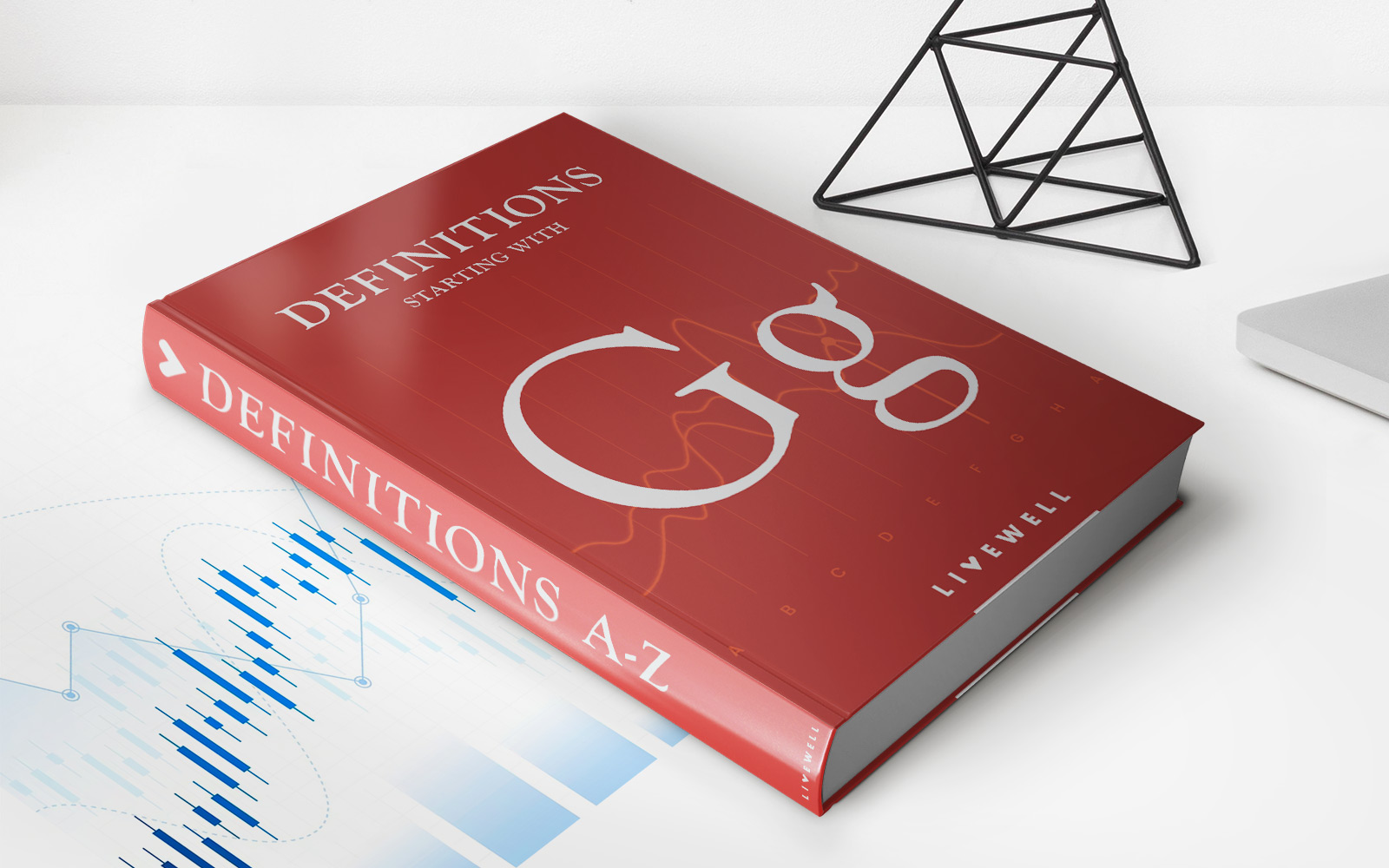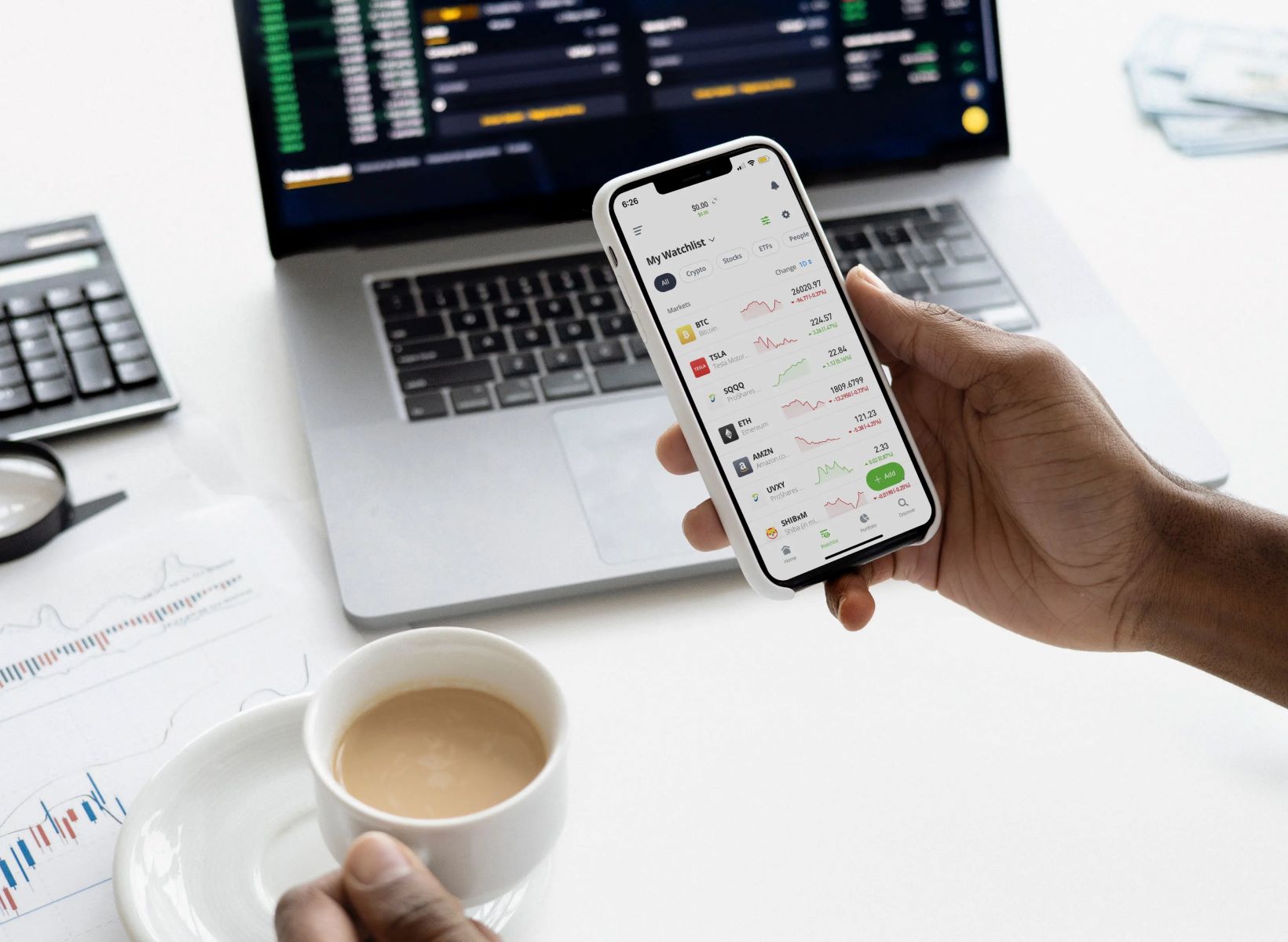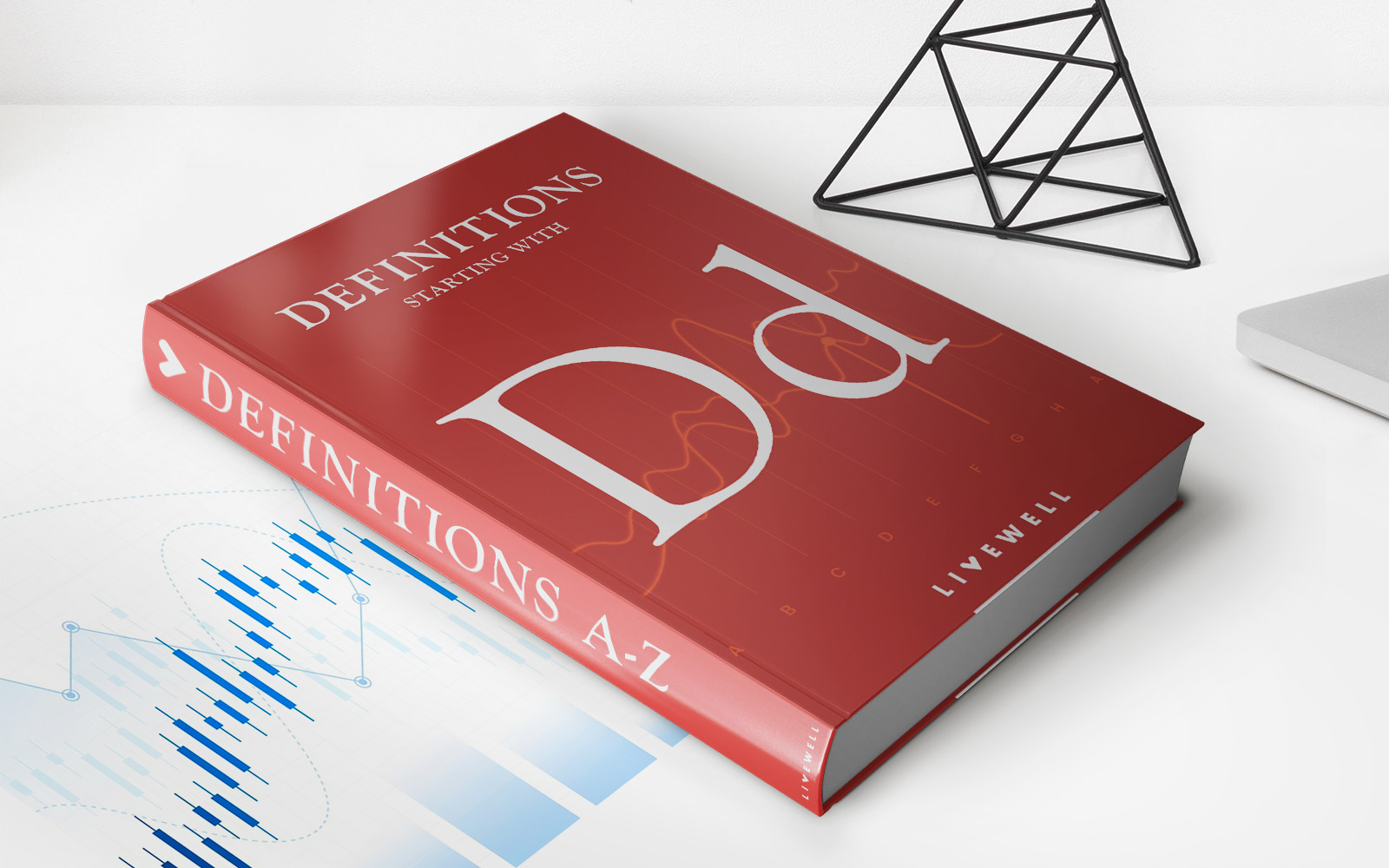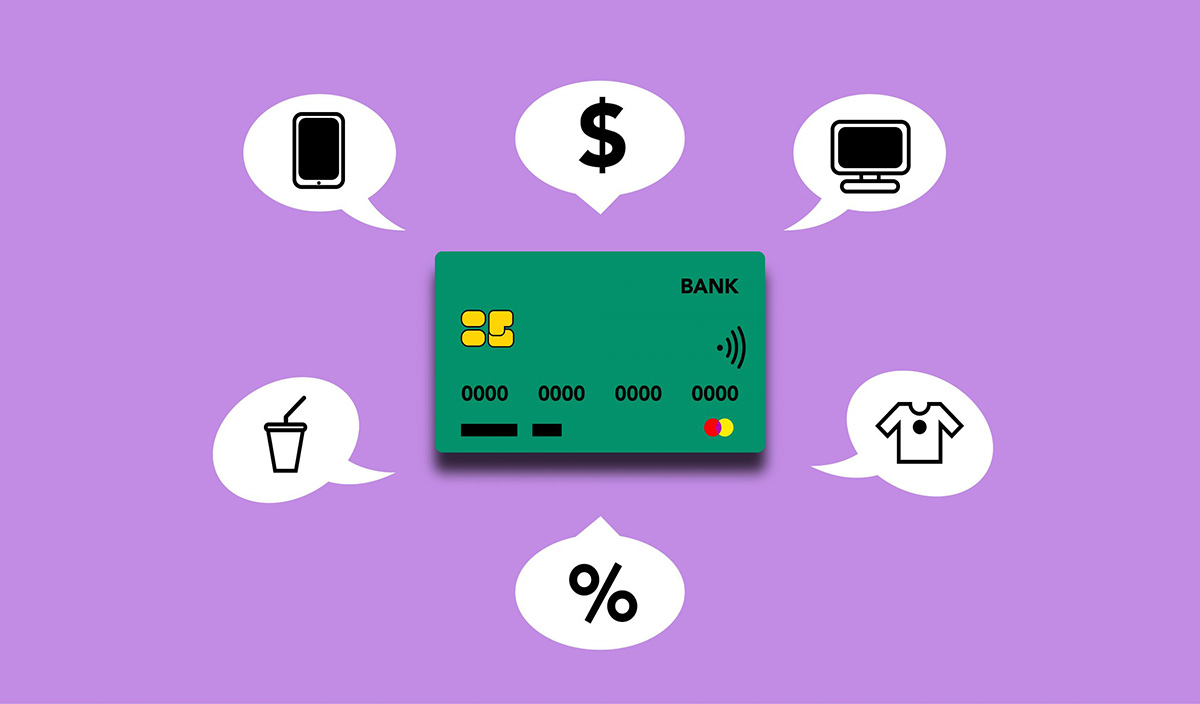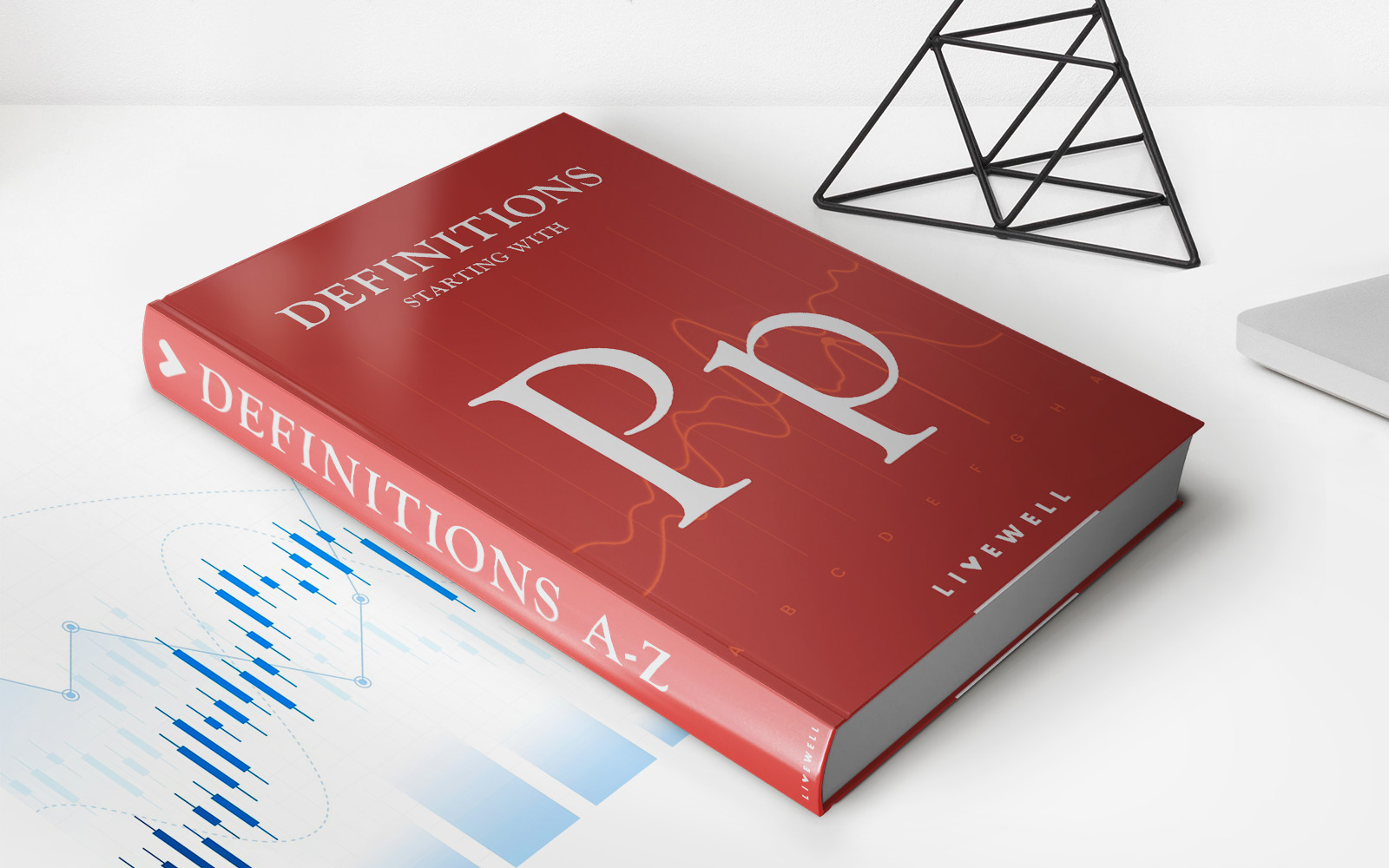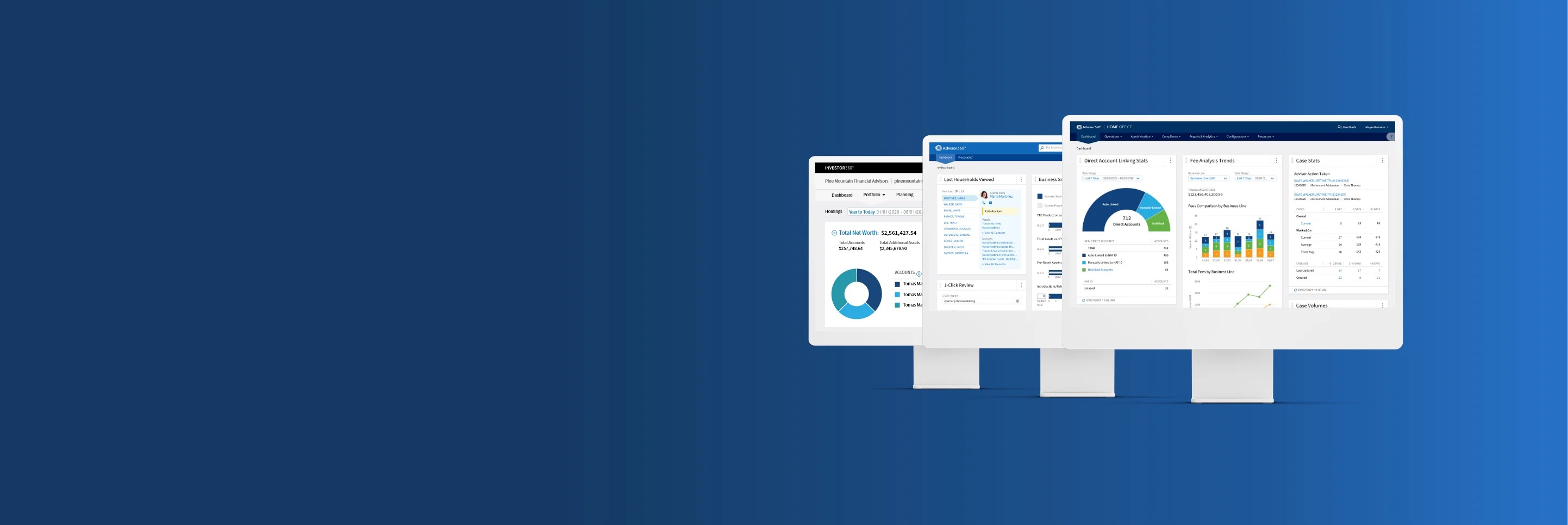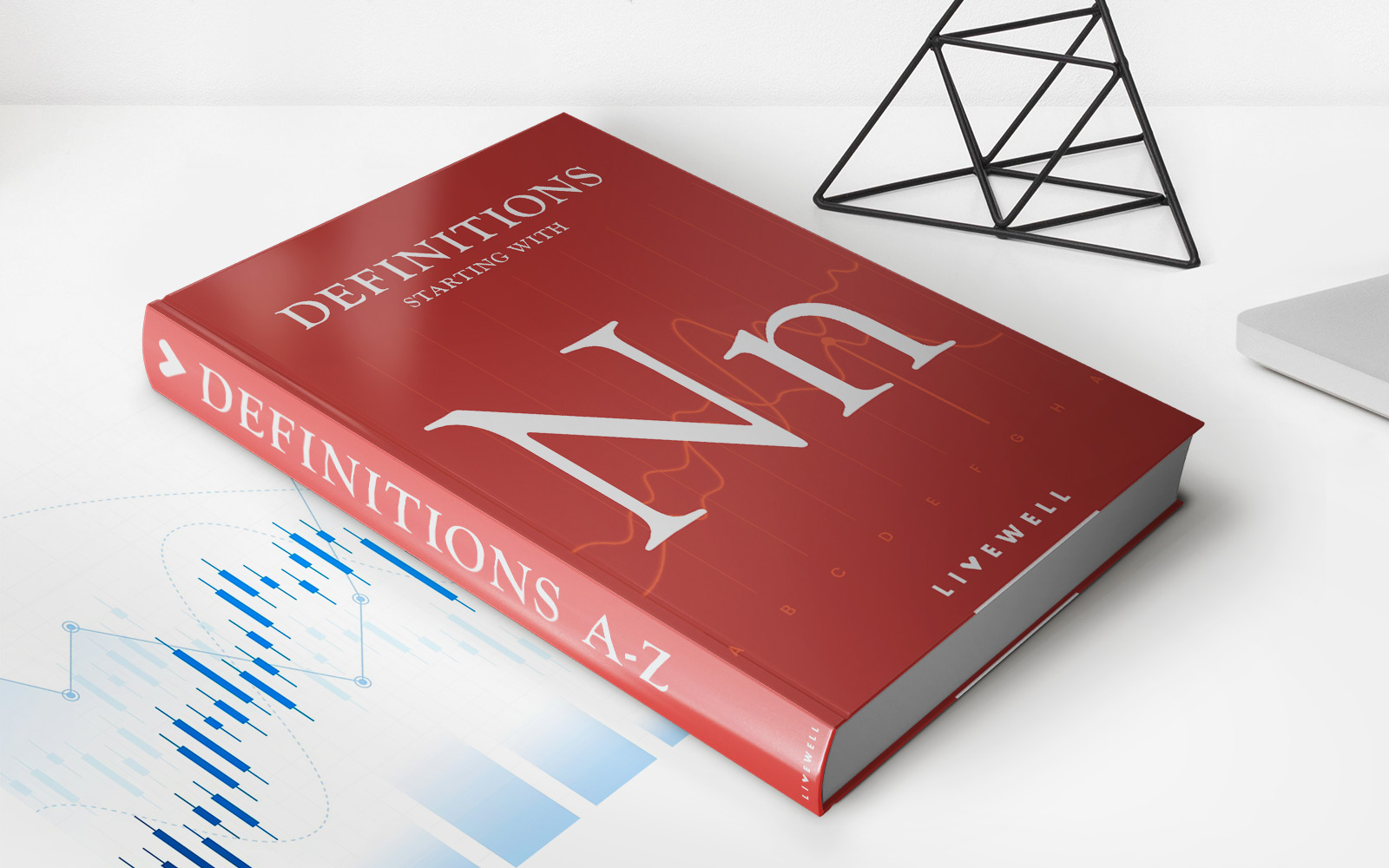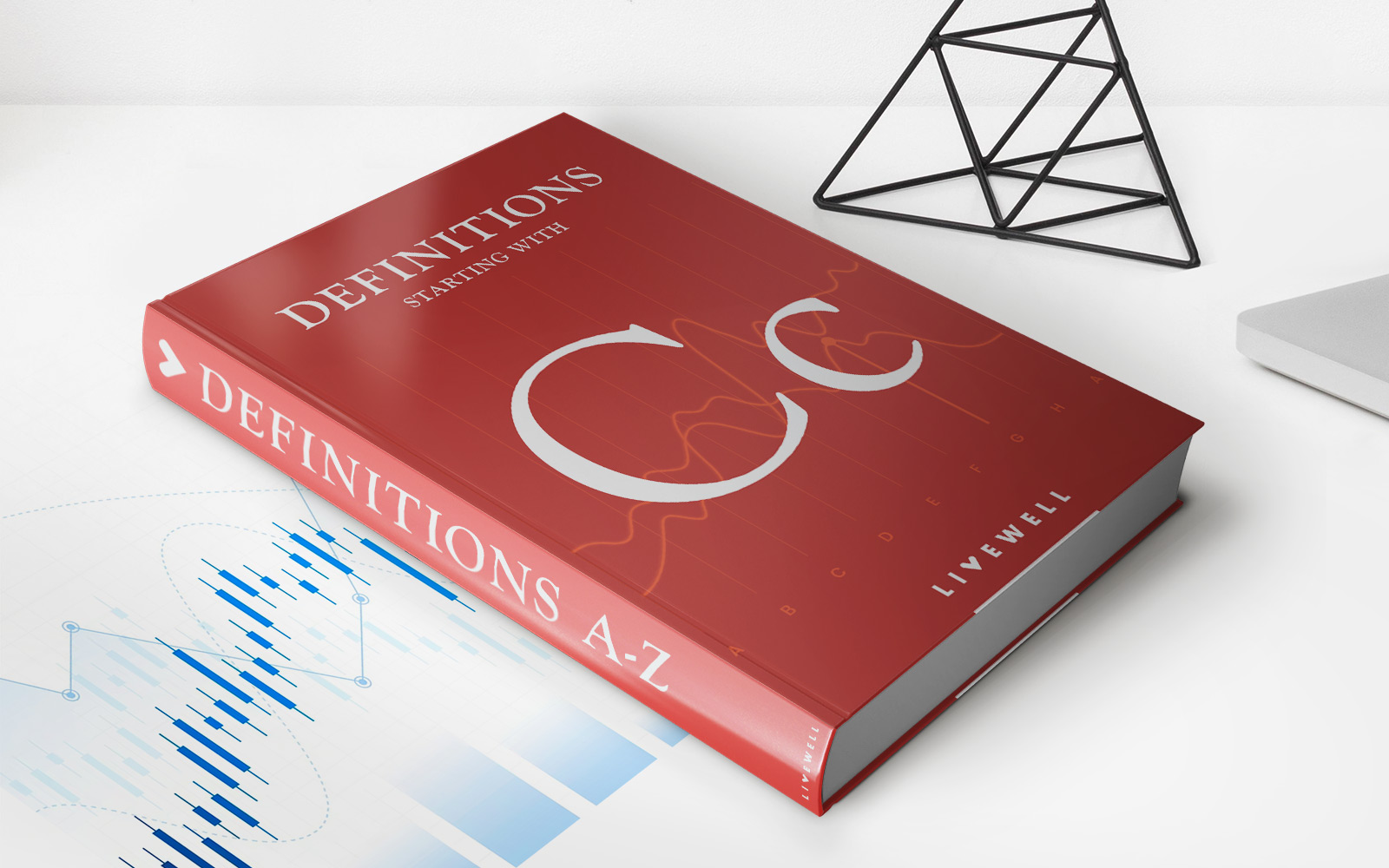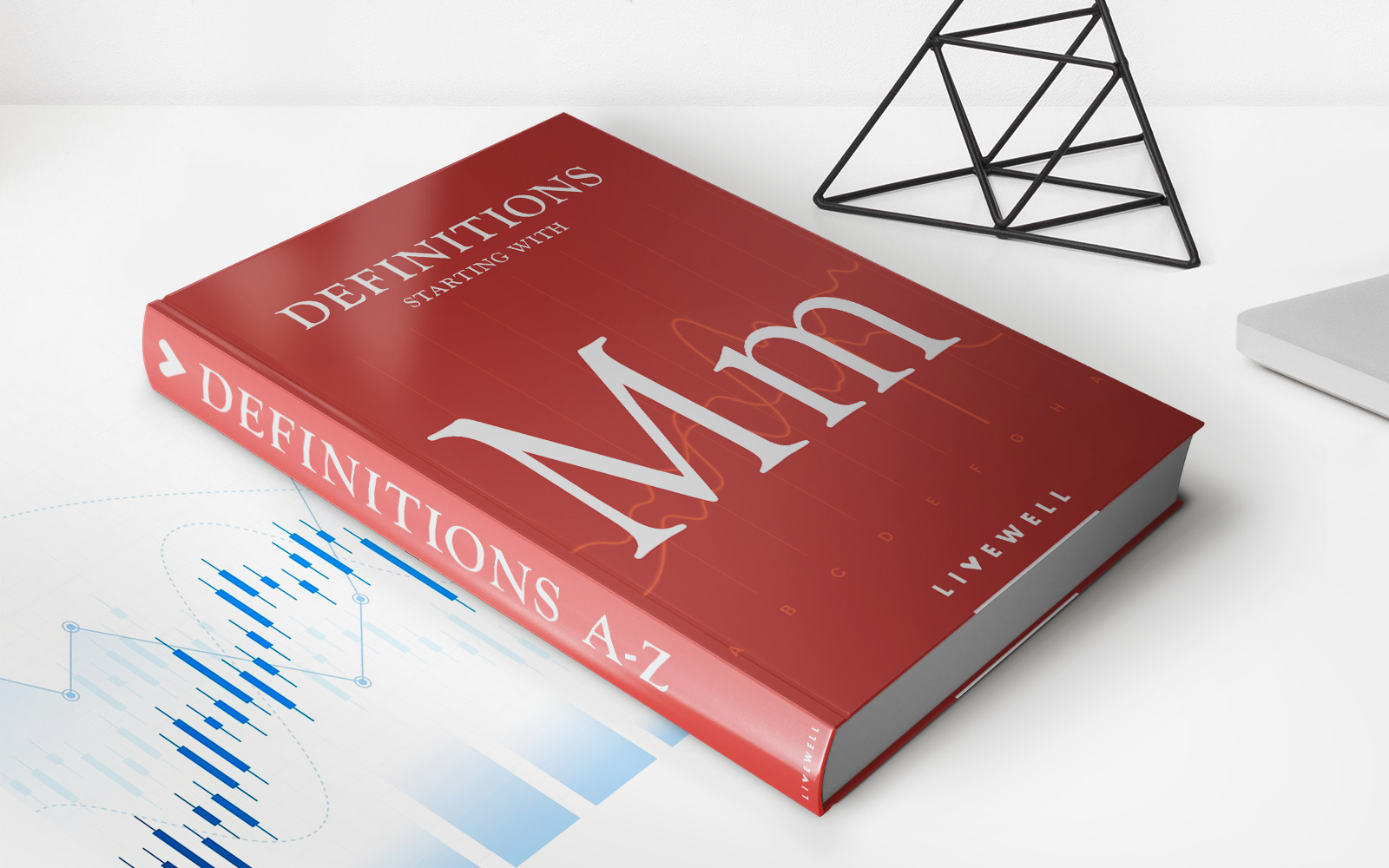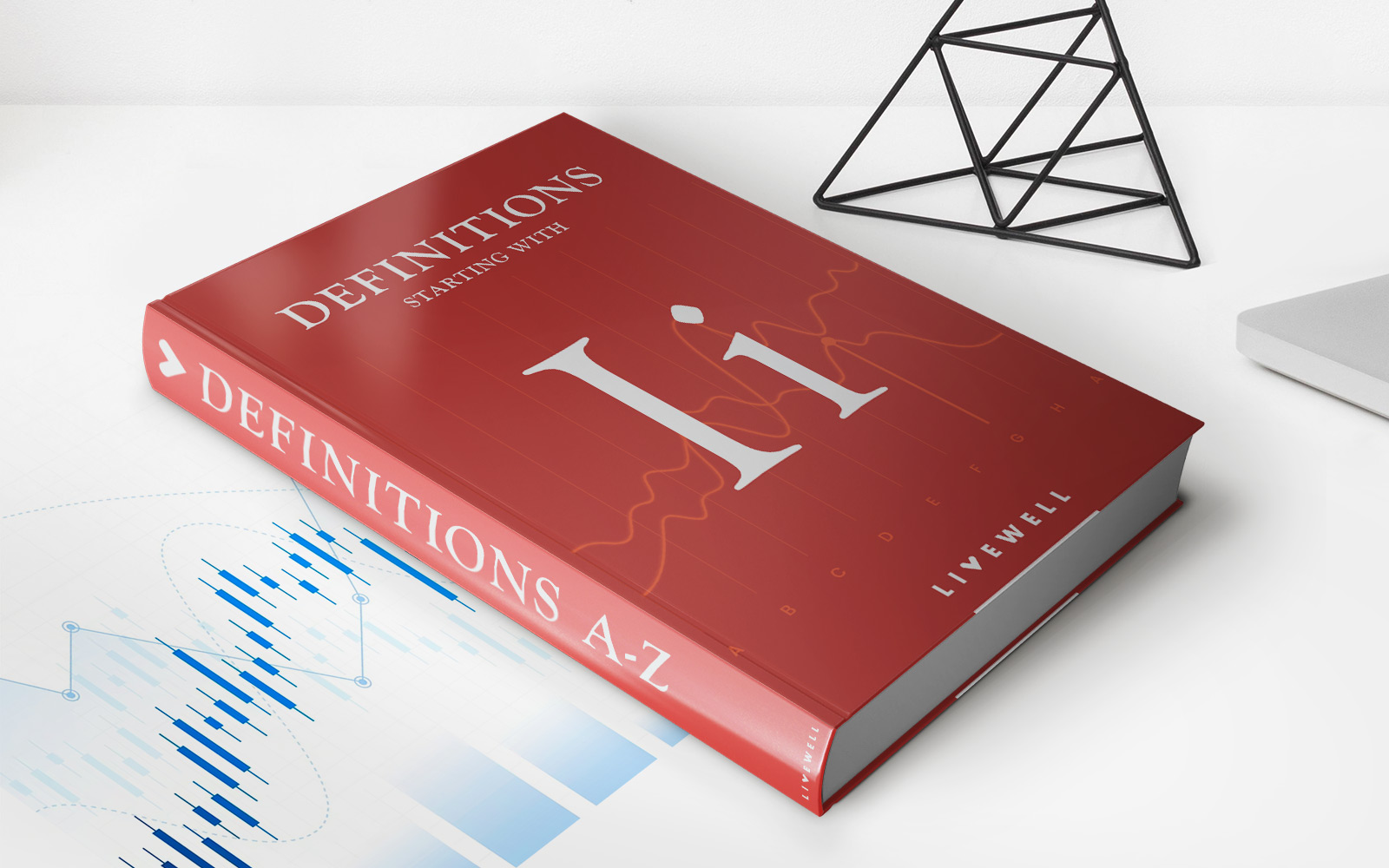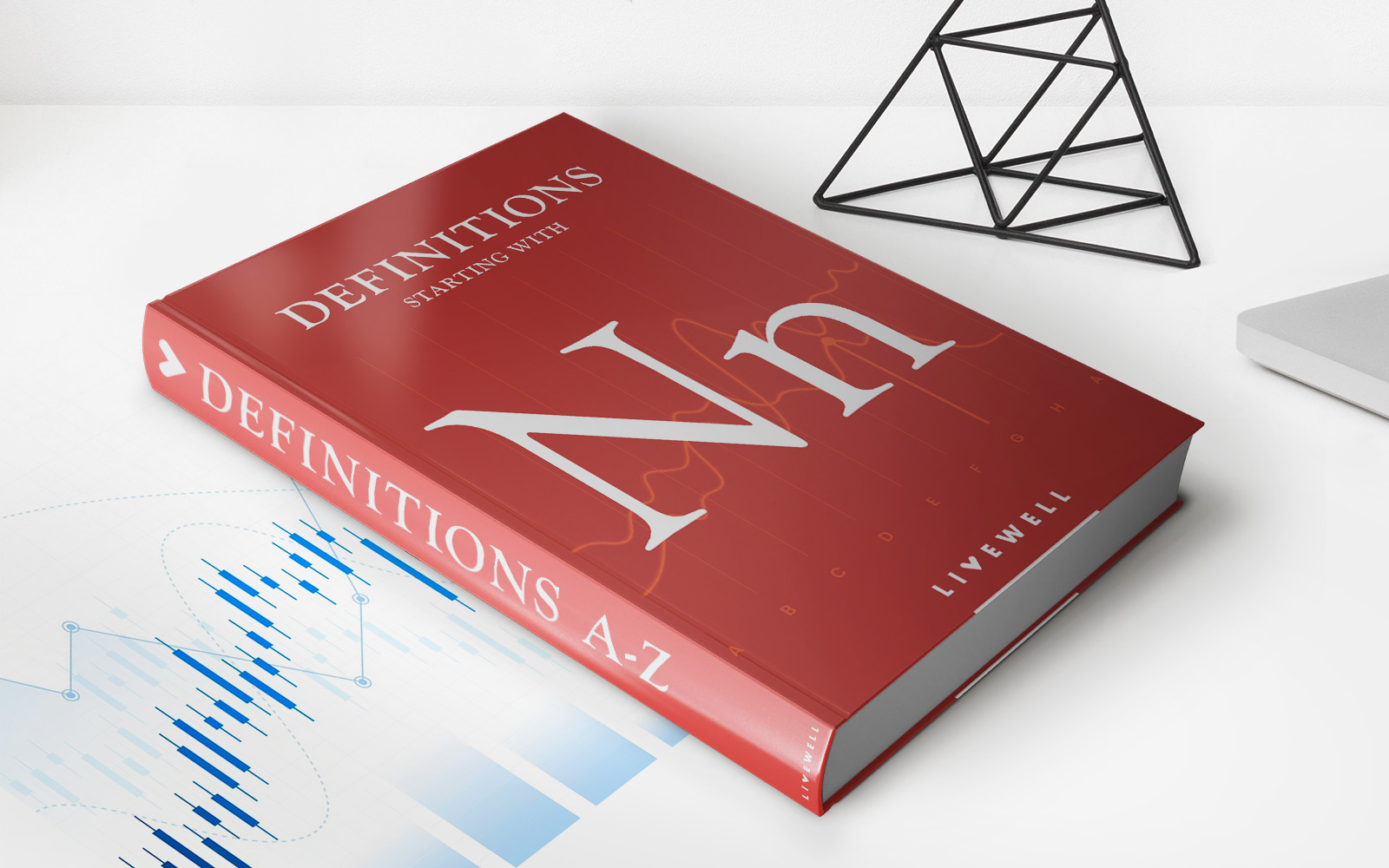Home>Finance>What Is A Trading Platform? Definition, Examples, And Features
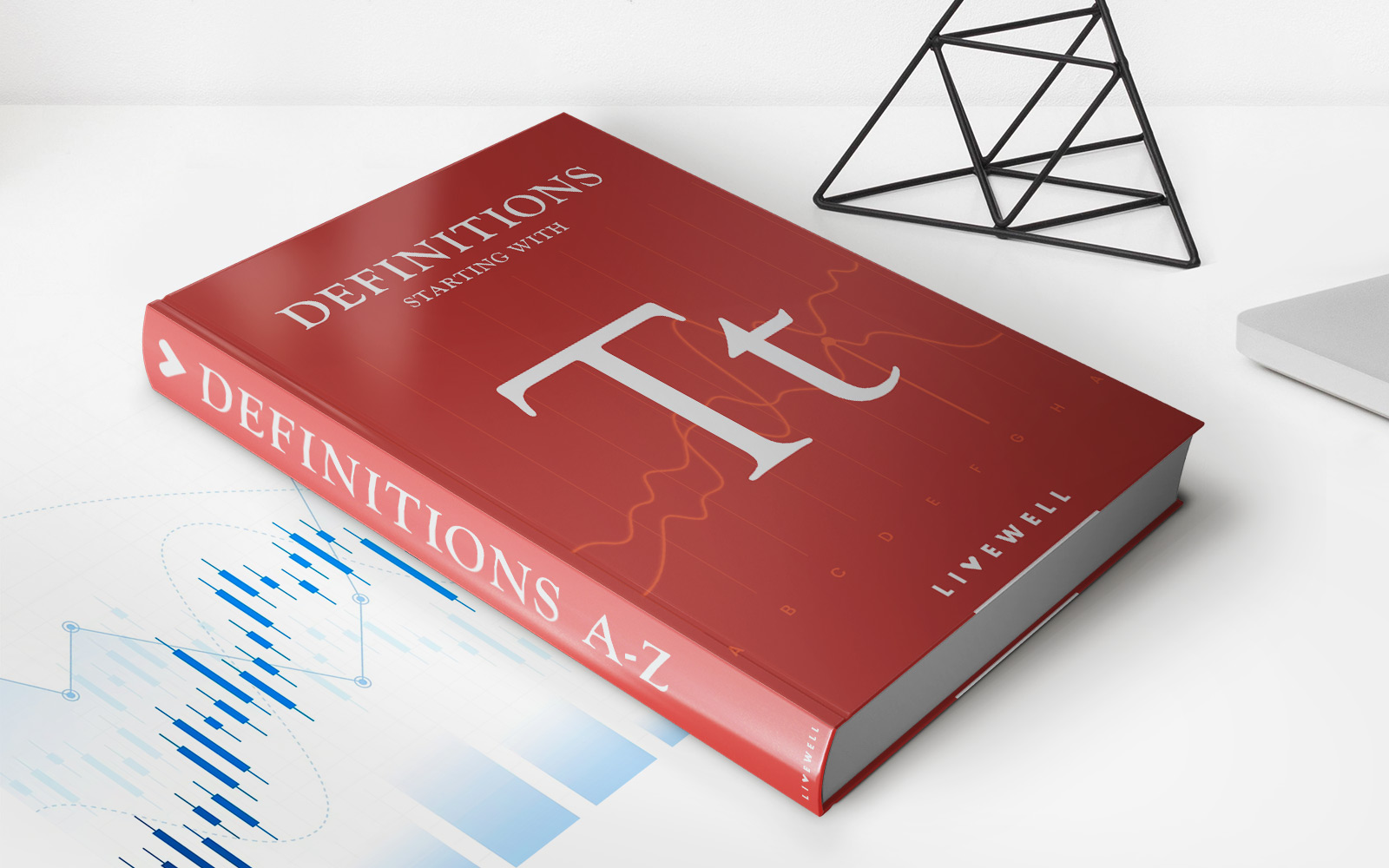

Finance
What Is A Trading Platform? Definition, Examples, And Features
Published: February 10, 2024
Discover the meaning, examples, and features of trading platforms in the finance industry. Enhance your financial knowledge and find the best platform for your needs.
(Many of the links in this article redirect to a specific reviewed product. Your purchase of these products through affiliate links helps to generate commission for LiveWell, at no extra cost. Learn more)
What Is a Trading Platform? Definition, Examples, and Features
Welcome to the world of finance! If you’re curious about trading platforms and how they work, you’ve come to the right place. In this blog post, we’ll explore the definition of a trading platform, provide examples of popular platforms, and highlight their key features. By the end, you’ll have a better understanding of how these platforms play a crucial role in the world of finance.
Key Takeaways:
- A trading platform is a software or online platform that enables individuals to buy and sell financial instruments, such as stocks, bonds, currencies, and commodities.
- Trading platforms provide a range of features, including real-time market data, order placement, charting tools, and analysis capabilities.
Now, let’s dive deeper into the world of trading platforms and discover how they can empower you in your financial journey.
Definition of a Trading Platform
A trading platform is a software or online application that allows individuals to trade financial instruments through a digital interface. It connects traders with various financial markets, enabling them to buy and sell securities such as stocks, bonds, options, futures, currencies, and more. These platforms serve as a virtual marketplace, facilitating the seamless execution of trades.
Trading platforms act as intermediaries between traders and the financial markets, providing access to real-time market data and offering a range of tools and features to help traders make informed decisions. They have revolutionized the world of finance by making trading accessible to a wider audience, enabling individuals to participate in the global economy from the comfort of their homes or offices.
Examples of Trading Platforms
There are numerous trading platforms available in the market today, each offering its unique features and advantages. Here are a few widely recognized trading platforms:
- MetaTrader 4: Developed by MetaQuotes, MetaTrader 4 (MT4) is one of the most popular trading platforms in the world. It is favored by both beginner and advanced traders for its user-friendly interface, comprehensive charting tools, and automated trading capabilities.
- Robinhood: Robinhood is a commission-free trading platform that has gained significant popularity in recent years. It offers a simple and intuitive mobile application, making it ideal for users who are new to trading. Robinhood allows users to trade stocks, ETFs, options, and cryptocurrencies without paying any commission fees.
- E*TRADE: E*TRADE is a well-established online brokerage firm that provides a robust trading platform with a wide range of investment options. It offers an intuitive interface, research tools, educational resources, and 24/7 customer support.
- Interactive Brokers: Interactive Brokers is a popular trading platform known for its advanced features and extensive range of financial instruments. It caters to both individual traders and institutional investors, offering low-cost trades, global market access, and powerful trading tools.
Key Features of Trading Platforms
Trading platforms come equipped with various features designed to enhance the trading experience. Here are some of the key features commonly found in trading platforms:
- Real-Time Market Data: Trading platforms provide real-time price quotes and market data, ensuring that traders have access to the most up-to-date information on the securities they are interested in.
- Order Placement: Traders can place buy and sell orders directly through the trading platform, allowing them to execute trades quickly and efficiently.
- Charting Tools: Trading platforms offer advanced charting tools and technical indicators, helping traders analyze price patterns and trends in the market.
- Analysis Capabilities: Many trading platforms provide built-in research tools and analysis capabilities, allowing traders to perform fundamental and technical analysis to make informed trading decisions.
- Risk Management: Trading platforms offer risk management tools, including stop-loss orders and limit orders, which help traders mitigate potential losses and protect their investments.
These features, among others, contribute to the overall functionality and usability of trading platforms, enabling traders to execute trades with confidence and efficiency.
In Conclusion
Trading platforms have transformed the way people participate in financial markets. With their user-friendly interfaces, access to real-time data, and a plethora of features, these platforms empower individuals to trade various financial instruments and seize opportunities in the global economy. Whether you’re a beginner or an experienced trader, a trading platform serves as your gateway to the exciting world of finance.
